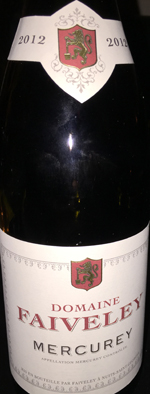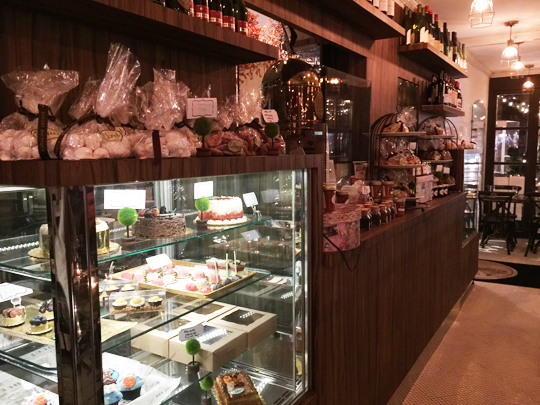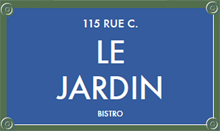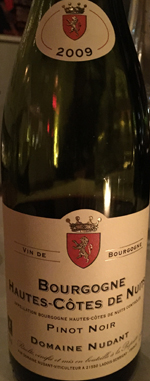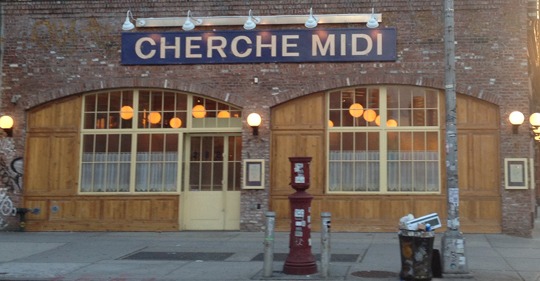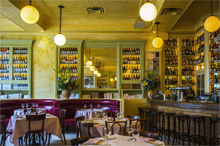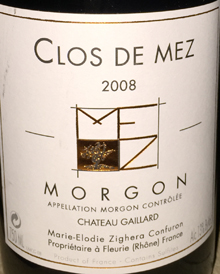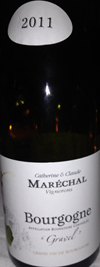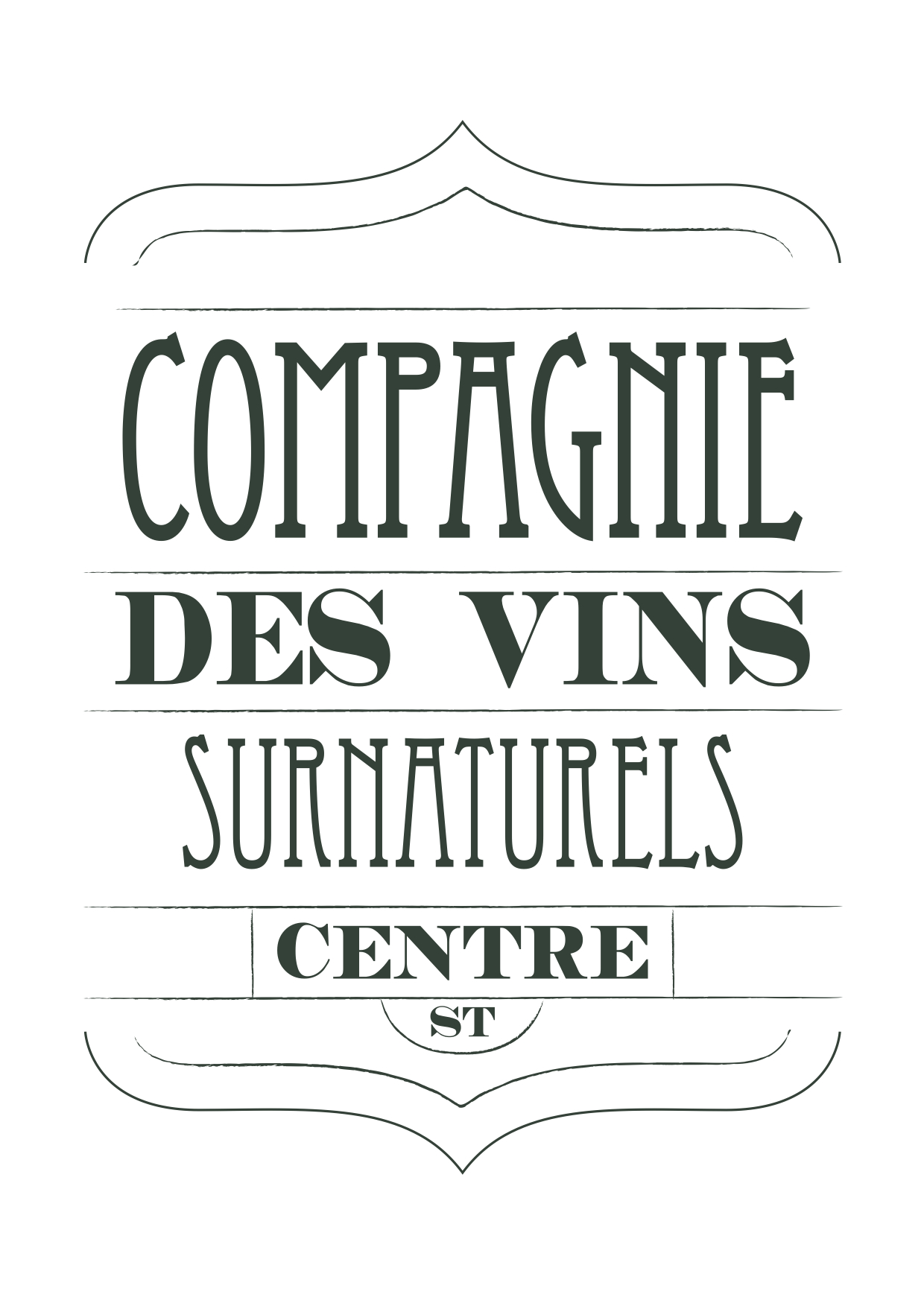La Gauloise
 Tuesday, April 14, 2015 at 05:48AM
Tuesday, April 14, 2015 at 05:48AM  You know that French cuisine has made a comeback, when classic bistros are opening at a faster rate than I can get around to trying them. I know, I know: it’s a tough job, but someone’s gotta do it.
You know that French cuisine has made a comeback, when classic bistros are opening at a faster rate than I can get around to trying them. I know, I know: it’s a tough job, but someone’s gotta do it.
Welcome to La Gauloise, the latest from Georges Forgeois, whose Gallic mini-chain also includes Cercle Rouge, Jules Bistro, Bar Tabac, Café Noir, and Le Signe Vert.
Forgeois also has The Clarkson, which feels like the answer to the old SAT question: which of these things is unlike the others? It’s a straightforward American bistro, albeit decorated (like all of his other places) with French nick-nacks that Forgeois picked up over 25 years of antique-hunting at flea markets.
 Anyhow, The Clarkson had an extra dining room that wasn’t getting enough use, so Forgeois turned it into a separate restaurant. The two establishments are physically connected, sharing both rest room and kitchen space, but this isn’t immediately apparent, until you see staff passing back and forth between them, through a swinging wooden door.
Anyhow, The Clarkson had an extra dining room that wasn’t getting enough use, so Forgeois turned it into a separate restaurant. The two establishments are physically connected, sharing both rest room and kitchen space, but this isn’t immediately apparent, until you see staff passing back and forth between them, through a swinging wooden door.
La Gauloise feels like one of those little family bistros that you’d find on hundreds of Parisian side streets, with a small bi-level dining room, yellow pressed tin walls, and what feels like a staff of about three people. Not that it needed more, at least on a Friday evening in early spring, with only about four tables occupied and a couple of more patrons at the bar.
 The location isn’t ideal. The West Village loses a lot of its intimate charm as you cross Seventh Avenue, headed West. The nearest streetcorner is dominated by The Clarkson, and the building is draped in scaffolding. You’re not going to notice La Gauloise unless you’re looking for it. (Perhaps it’ll be easier to spot once the weather gets warmer, and the outdoor tables come out.)
The location isn’t ideal. The West Village loses a lot of its intimate charm as you cross Seventh Avenue, headed West. The nearest streetcorner is dominated by The Clarkson, and the building is draped in scaffolding. You’re not going to notice La Gauloise unless you’re looking for it. (Perhaps it’ll be easier to spot once the weather gets warmer, and the outdoor tables come out.)
The chef is Rebecca Weitzman, formerly of ’inoteca and Cercle Rouge. (She also won an episode of Food Network’s Chopped in 2010.) She does double-duty here, continuing to look after the kitchen at The Clarkson. Her menu breaks no new ground: it’s practically all French classics, with appetizers mostly in the low-teens, mains in the mid-20s. It’s all capably prepared, but nothing we tried was especially memorable.



